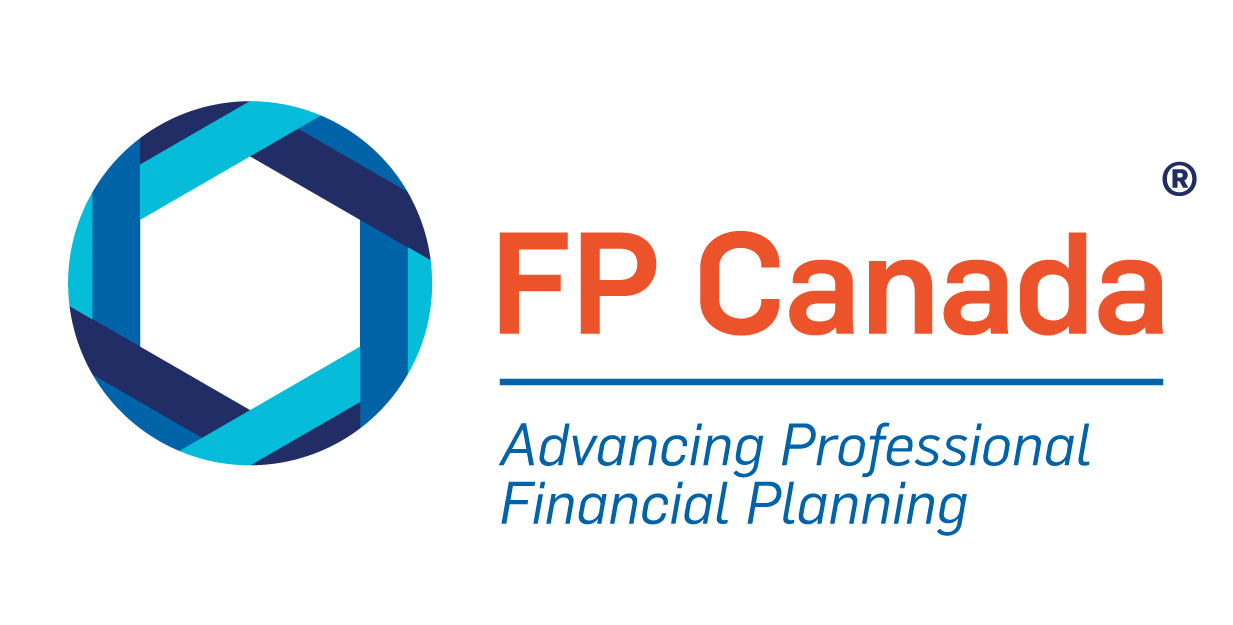There’s no one right answer to this question, but one may be the better choice for you!
Which is the Better Choice?
Registered Retirement Savings Plans (RRSPs) and Tax-Free Savings Accounts (TFSAs) are the two most widely used tax-advantaged savings programs for Canadians. But which one is the better choice?
“There’s no right or wrong answer,” says Julia Chung, a CFP® professional in Vancouver. “They’re both smart savings vehicles for different reasons, but it depends on your age, your needs, the stage of your career, your income level and tax bracket.;
Fortunately, a CFP professional or QAFP® professional can help you decide which one makes more sense for you and your household given your taxable income.
RRSPs
An RRSP is a retirement savings plan that is registered with the Canada Revenue Agency. You make contributions to the plan as you like, but your annual contributions are subject to whichever is less – either the annual limit set by the government, or 18% of your previous year’s earned income
You can manage the plan yourself or have a portfolio manager do so.
There’s no minimum age requirement for contributing, and you can invest in a wide range of investment products. Options include bonds, common and preferred shares, mutual funds, and exchange traded funds, among others.
An RRSP has two key features:
- A current tax deduction: Your contribution is tax-deductible for the taxation year during which it’s made. If you contribute $10,000 to your plan in 2023 and your personal tax rate is 30%, you will receive around $3,000 in tax savings that year.
- Tax-free compounding : Since the investments in your RRSP grow tax-free, your gains aren’t taxed within the plan, and you defer being taxed until you decide to cash in your investment. If you wait until you’re well into your retirement years, your income will likely be lower than it once was. As a result, you can cash out your RRSPs without major tax implications.
TFSAs
When you open a TFSA, you can make contributions to the plan as you see fit (though you’re subject to an annual contribution limit). You can invest the dollars in your TFSA in a wide range of investment products, such as Exchange Traded Funds (ETFs), stocks, and Guaranteed Investment Certificates (GICs).
Unlike the RRSP, your annual contributions to a TFSA aren’t tax-deductible. The proceeds, however, are never taxed. Your investments in the TFSA grow tax-free, but you can withdraw them without a tax hit. You can begin contributing to a TFSA at 18 years old.
“They’re both smart savings vehicles for different reasons, but it depends on your age, your needs, the stage of your career, your income level and tax bracket.”
Taxes Become a Reality Eventually
For RRSPs, you’ll have to pay tax when you receive payments upon retirement. If you cash out prior to retirement, there’s a big tax bite, especially if your income is high. You can decide when to collapse your plan, but your RRSP must mature by Dec. 31 of the year you turn 71. Working with a financial planner can help you navigate these issues as best you can.
Scott Plaskett, a CFP professional in Toronto, also points out that you can choose to defer claiming RRSP contributions if you know your income will increase substantially in the following year and place you in a higher tax bracket. “The asset is still allowed to grow on a tax-sheltered basis from the date you deposited it into the plan, and then you can be more strategic about when you deduct the contribution,” he says. “Doing so will provide a higher tax benefit from the deduction, which is the whole point of the RRSP — to take the money out and pay tax in the future at a lower rate than when you make the contribution.”
What’s Right for Me?
A common choice is to contribute to an RRSP to get both the tax deduction and the tax-free compounding benefits. It’s the best option if your current marginal tax rate is relatively high and you expect it will be lower when your plan matures. You get the tax break now and pay a lower rate of tax when it does mature.
The TFSA does not provide for a tax deduction, but it offers flexibility and convenience— you can withdraw money from it without incurring taxes. If you’re young, the TFSA might be the better choice because you can use it in the short-term, for expenses such as a down payment on a house.
Here are some closing tips from the experts:
- Direct a specific amount each month to be contributed from your bank account to your RRSP or TFSA automatically. This results in savings being built into your budget/spending plans.
- If you opt for an RRSP contribution, immediately take your refund and invest it back into your RRSP.
To find the right CFP professional or QAFP professional to help you navigate TFSAs and RRSPs, use our Find Your Planner tool.

 Find Your Financial Planner
Find Your Financial Planner

